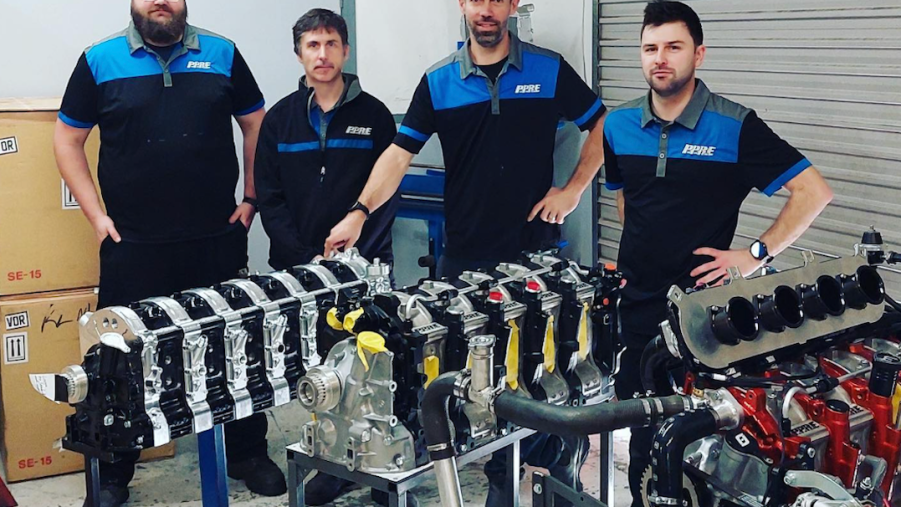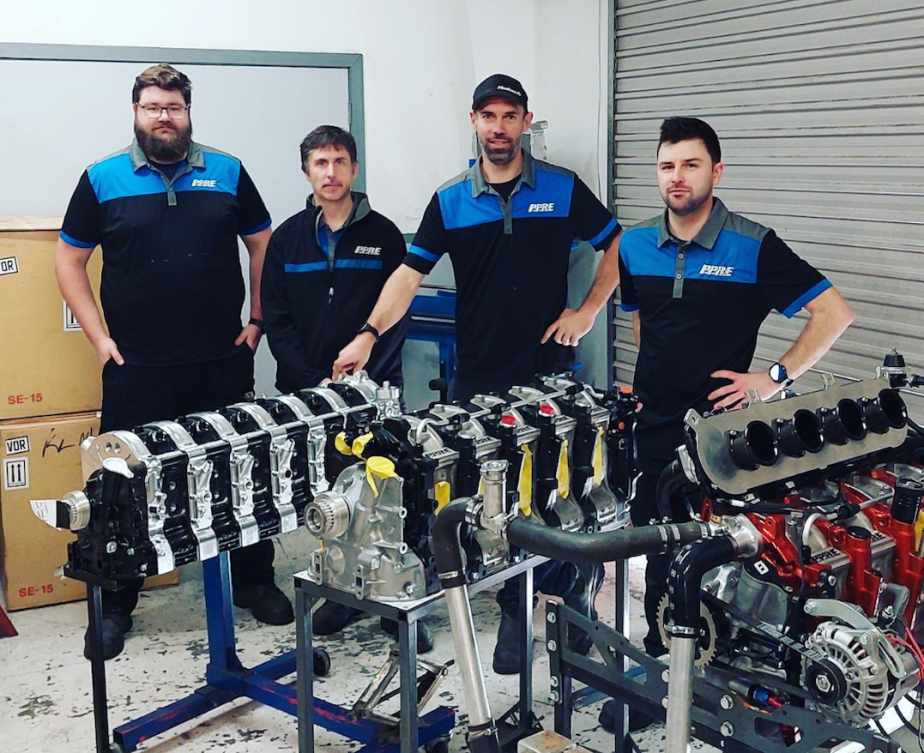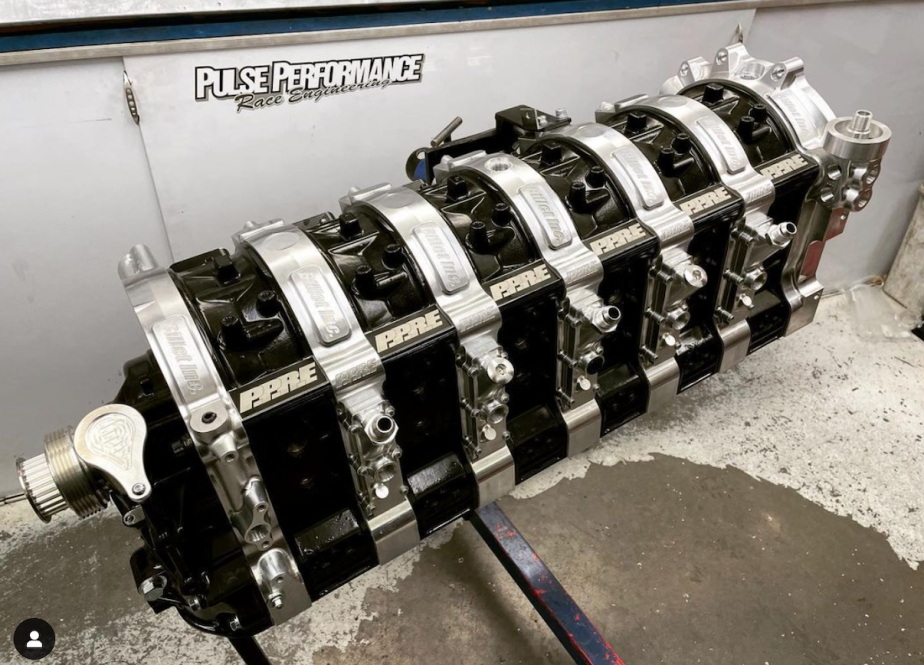
Pulse Performance Builds a 6-Rotor Engine Mazda RX7
Enthusiasts love crazy, overpowered, weird monstrosities that pop up from time to time. That’s why we love this rotary build from Pulse Performance out of New Zealand. Two-rotor Mazdas were the slightly oddball production cars we love. It played with four-rotor Wankels, with its 26B engine, but only in prototypes. Chevrolet did the same with the mid-engine four-rotor Corvette concept in 1973. But Pulse Performance Race Engineering is taking it to another rotary level.
How much horsepower does this Mazda 6-rotor engine have?

Its latest is this Mazda six-rotor RX-7 spitting out over 820 hp. On pump gas. While exotic as heck, it is not the first sixer for Pulse. The shop has been playing around with six-rotor variants since the early aughts.
This project is based on three 13B two-rotor engines, but the plates between the rotary housings are all whittled from billet. Due to the rotary engine’s density, that’s a lot more power than any conventional 3.9-liter out there. Based on the video, the fire-spitting project sounds like an angry hornet on bath salts.
So, could there possibly be any downside to a Mazda six-rotor setup? Of course, there is, especially when you’re dealing with crazy. First, besides the machined plates, the rotary housings involved a lot of machining to make this all possible. And that machine time takes a lot of man hours, which, as you know, increases costs.
How much does this 6-rotor Mazda engine cost?

Pulse Performance will be more than happy to build you one, but prices for complete engine kits start at almost $69,000. But you get an ECU and sensors spec’d for street use. You can tweak it from there if the need arises. There are also custom intake and exhaust manifolds, everything from the fuel pump to regulators and injectors, a wiring harness, and a wet sump oiling system.
Then there’s its size. Stacking housings and plates together increase the length. In this case, dimensions come out to just under five feet. For comparison, a GM LS engine with everything hung onto the front is 27.5 inches or a bit over two feet. So any way you look at it, you’ll need to figure on plenty of cutting and lots of packaging decisions to make.

Of course, before any of this, you’ll need a car to house this insanity. So any way you slice it, this is going to be very expensive. But if you’re a hard-core Mazda or rotary engine fan, this is the ultimate expression of those two pursuits.
Why did Mazda kill the rotary engine?

And there are still many of those. But if they’ve remained popular, why did Mazda kill the rotary engine? As we said, there are always downsides. Production two rotors had issues with oil consumption. But it wasn’t because the seals leaked. Instead, oil was sneezed into the housings to help lubricate rotary seals.
Most of us like our engines to have torque, which was not one of the rotary’s characteristics. But they loved being winged up into the higher RPM ranges. And, unlike conventional engines, it is almost impossible to blow them up.



